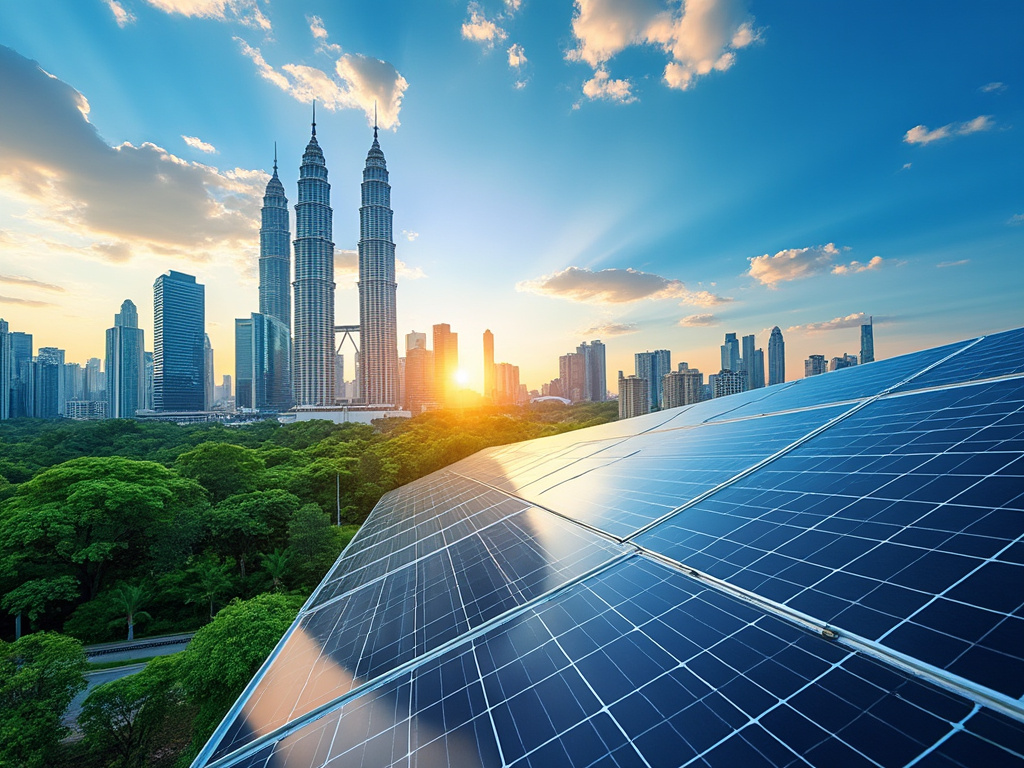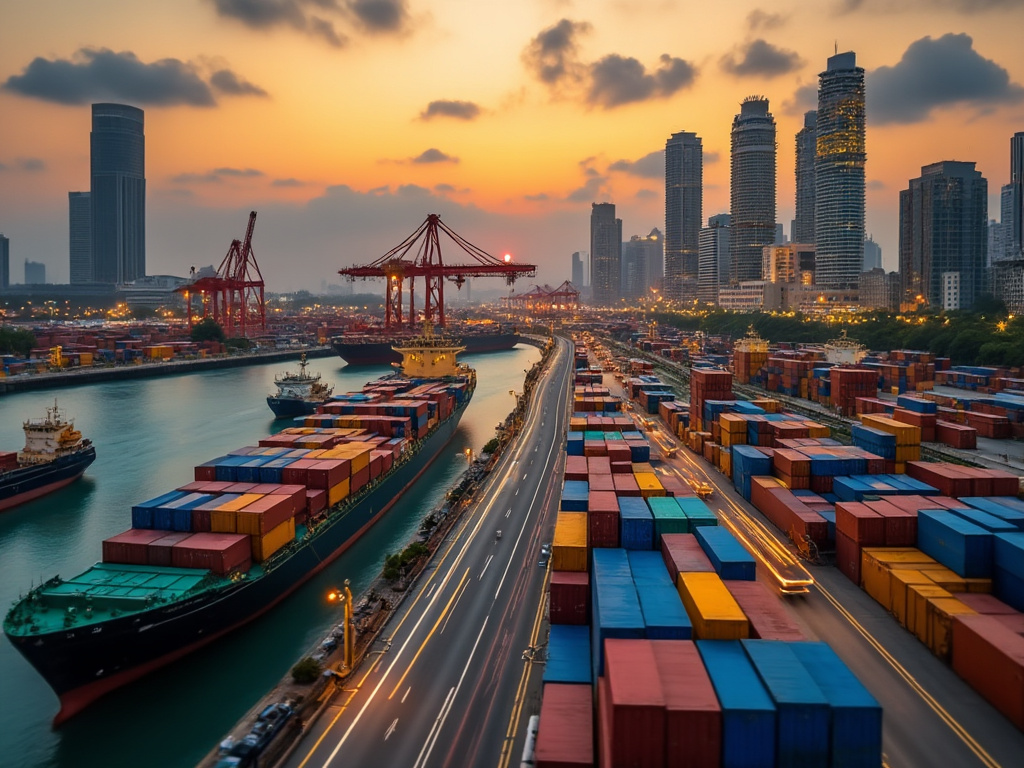
Nations ramp up investments in renewable energy as fossil fuel reliance is scrutinized.
As the world grapples with the complexities of geopolitical tensions and climate change, governments and industries are increasingly pivoting towards renewable energy sources.
A recent analysis shows that global investments in renewables have surged, with significant allocations directed towards solar, wind, and energy storage technologies.
In 2022 alone, it is reported that the global renewable energy sector attracted over $500 billion in investments, reflecting a notable increase compared to previous years.
Key regions leading this shift include Europe, North America, and parts of Asia, where policy frameworks and incentives are evolving to support clean energy initiatives.
The European Union has set ambitious targets for attaining carbon neutrality by 2050, which has driven substantial funding into renewable projects, particularly in offshore wind and solar energy.
Countries such as Germany and Denmark have been at the forefront, enhancing their energy infrastructures to reduce reliance on fossil fuels.
In North America, the United States has recently enacted measures such as the Inflation Reduction Act, which aims to bolster domestic clean energy production and create jobs within the sector.
This legislative support is anticipated to foster innovation and reduce production costs for renewable technologies.
Asia has also made significant strides.
China continues to dominate the solar panel manufacturing industry, supplying a significant portion of the world’s solar needs, while India is rapidly increasing its renewable capacity as part of its commitments to international climate agreements.
Additionally, technological advancements in battery storage are aiding the transition, enabling countries to store excess energy generated from renewable sources more efficiently, thus addressing the intermittency associated with solar and wind energy.
Conversely, the global demand for oil and natural gas remains high, particularly amid rising tensions in regions like Eastern Europe and the Middle East, disrupting supply chains and leading to fluctuating prices.
Such dynamics emphasize the need for a balanced energy portfolio that includes both renewable and traditional energy sources during transitional phases.
International organizations are forecasting that the global energy landscape will continue to evolve, with fossil fuels expected to lose market share to renewables, driven by the urgent call for sustainable development and energy security.
However, the pace and extent of this transition remain closely tied to political, economic, and technological developments worldwide.
A recent analysis shows that global investments in renewables have surged, with significant allocations directed towards solar, wind, and energy storage technologies.
In 2022 alone, it is reported that the global renewable energy sector attracted over $500 billion in investments, reflecting a notable increase compared to previous years.
Key regions leading this shift include Europe, North America, and parts of Asia, where policy frameworks and incentives are evolving to support clean energy initiatives.
The European Union has set ambitious targets for attaining carbon neutrality by 2050, which has driven substantial funding into renewable projects, particularly in offshore wind and solar energy.
Countries such as Germany and Denmark have been at the forefront, enhancing their energy infrastructures to reduce reliance on fossil fuels.
In North America, the United States has recently enacted measures such as the Inflation Reduction Act, which aims to bolster domestic clean energy production and create jobs within the sector.
This legislative support is anticipated to foster innovation and reduce production costs for renewable technologies.
Asia has also made significant strides.
China continues to dominate the solar panel manufacturing industry, supplying a significant portion of the world’s solar needs, while India is rapidly increasing its renewable capacity as part of its commitments to international climate agreements.
Additionally, technological advancements in battery storage are aiding the transition, enabling countries to store excess energy generated from renewable sources more efficiently, thus addressing the intermittency associated with solar and wind energy.
Conversely, the global demand for oil and natural gas remains high, particularly amid rising tensions in regions like Eastern Europe and the Middle East, disrupting supply chains and leading to fluctuating prices.
Such dynamics emphasize the need for a balanced energy portfolio that includes both renewable and traditional energy sources during transitional phases.
International organizations are forecasting that the global energy landscape will continue to evolve, with fossil fuels expected to lose market share to renewables, driven by the urgent call for sustainable development and energy security.
However, the pace and extent of this transition remain closely tied to political, economic, and technological developments worldwide.























